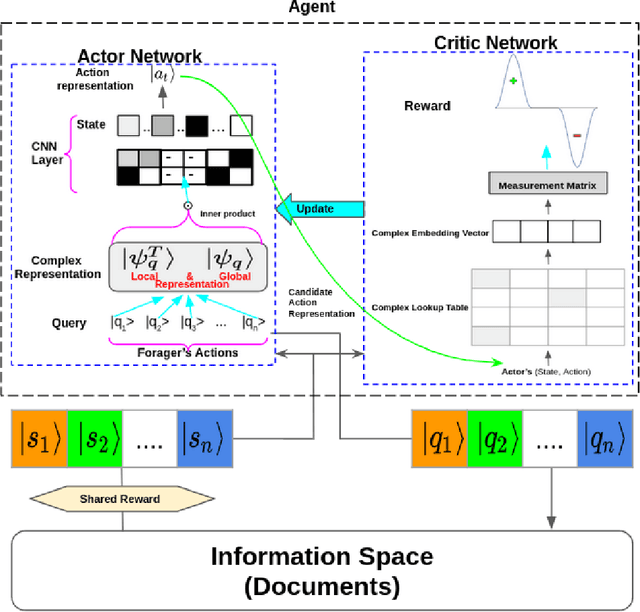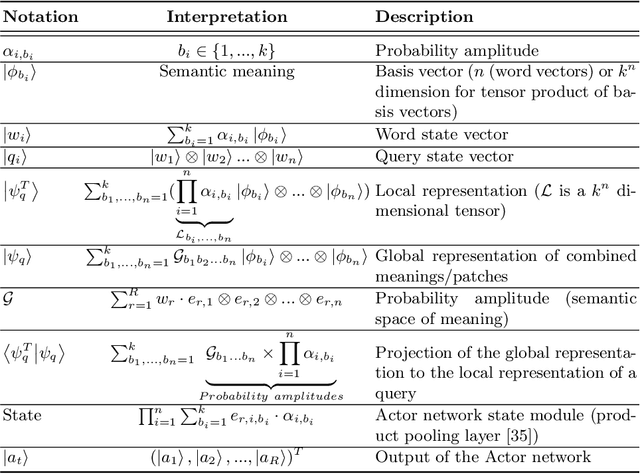Haiming Liu
Investigating Context Effects in Similarity Judgements in Large Language Models
Aug 20, 2024Abstract:Large Language Models (LLMs) have revolutionised the capability of AI models in comprehending and generating natural language text. They are increasingly being used to empower and deploy agents in real-world scenarios, which make decisions and take actions based on their understanding of the context. Therefore researchers, policy makers and enterprises alike are working towards ensuring that the decisions made by these agents align with human values and user expectations. That being said, human values and decisions are not always straightforward to measure and are subject to different cognitive biases. There is a vast section of literature in Behavioural Science which studies biases in human judgements. In this work we report an ongoing investigation on alignment of LLMs with human judgements affected by order bias. Specifically, we focus on a famous human study which showed evidence of order effects in similarity judgements, and replicate it with various popular LLMs. We report the different settings where LLMs exhibit human-like order effect bias and discuss the implications of these findings to inform the design and development of LLM based applications.
Inclusive Design Insights from a Preliminary Image-Based Conversational Search Systems Evaluation
Mar 29, 2024



Abstract:The digital realm has witnessed the rise of various search modalities, among which the Image-Based Conversational Search System stands out. This research delves into the design, implementation, and evaluation of this specific system, juxtaposing it against its text-based and mixed counterparts. A diverse participant cohort ensures a broad evaluation spectrum. Advanced tools facilitate emotion analysis, capturing user sentiments during interactions, while structured feedback sessions offer qualitative insights. Results indicate that while the text-based system minimizes user confusion, the image-based system presents challenges in direct information interpretation. However, the mixed system achieves the highest engagement, suggesting an optimal blend of visual and textual information. Notably, the potential of these systems, especially the image-based modality, to assist individuals with intellectual disabilities is highlighted. The study concludes that the Image-Based Conversational Search System, though challenging in some aspects, holds promise, especially when integrated into a mixed system, offering both clarity and engagement.
Towards Subject Agnostic Affective Emotion Recognition
Oct 20, 2023



Abstract:This paper focuses on affective emotion recognition, aiming to perform in the subject-agnostic paradigm based on EEG signals. However, EEG signals manifest subject instability in subject-agnostic affective Brain-computer interfaces (aBCIs), which led to the problem of distributional shift. Furthermore, this problem is alleviated by approaches such as domain generalisation and domain adaptation. Typically, methods based on domain adaptation confer comparatively better results than the domain generalisation methods but demand more computational resources given new subjects. We propose a novel framework, meta-learning based augmented domain adaptation for subject-agnostic aBCIs. Our domain adaptation approach is augmented through meta-learning, which consists of a recurrent neural network, a classifier, and a distributional shift controller based on a sum-decomposable function. Also, we present that a neural network explicating a sum-decomposable function can effectively estimate the divergence between varied domains. The network setting for augmented domain adaptation follows meta-learning and adversarial learning, where the controller promptly adapts to new domains employing the target data via a few self-adaptation steps in the test phase. Our proposed approach is shown to be effective in experiments on a public aBICs dataset and achieves similar performance to state-of-the-art domain adaptation methods while avoiding the use of additional computational resources.
Lightweight Adaptation of Neural Language Models via Subspace Embedding
Aug 16, 2023Abstract:Traditional neural word embeddings are usually dependent on a richer diversity of vocabulary. However, the language models recline to cover major vocabularies via the word embedding parameters, in particular, for multilingual language models that generally cover a significant part of their overall learning parameters. In this work, we present a new compact embedding structure to reduce the memory footprint of the pre-trained language models with a sacrifice of up to 4% absolute accuracy. The embeddings vectors reconstruction follows a set of subspace embeddings and an assignment procedure via the contextual relationship among tokens from pre-trained language models. The subspace embedding structure calibrates to masked language models, to evaluate our compact embedding structure on similarity and textual entailment tasks, sentence and paraphrase tasks. Our experimental evaluation shows that the subspace embeddings achieve compression rates beyond 99.8% in comparison with the original embeddings for the language models on XNLI and GLUE benchmark suites.
Reinforcement Learning-driven Information Seeking: A Quantum Probabilistic Approach
Aug 05, 2020

Abstract:Understanding an information forager's actions during interaction is very important for the study of interactive information retrieval. Although information spread in uncertain information space is substantially complex due to the high entanglement of users interacting with information objects~(text, image, etc.). However, an information forager, in general, accompanies a piece of information (information diet) while searching (or foraging) alternative contents, typically subject to decisive uncertainty. Such types of uncertainty are analogous to measurements in quantum mechanics which follow the uncertainty principle. In this paper, we discuss information seeking as a reinforcement learning task. We then present a reinforcement learning-based framework to model forager exploration that treats the information forager as an agent to guide their behaviour. Also, our framework incorporates the inherent uncertainty of the foragers' action using the mathematical formalism of quantum mechanics.
 Add to Chrome
Add to Chrome Add to Firefox
Add to Firefox Add to Edge
Add to Edge